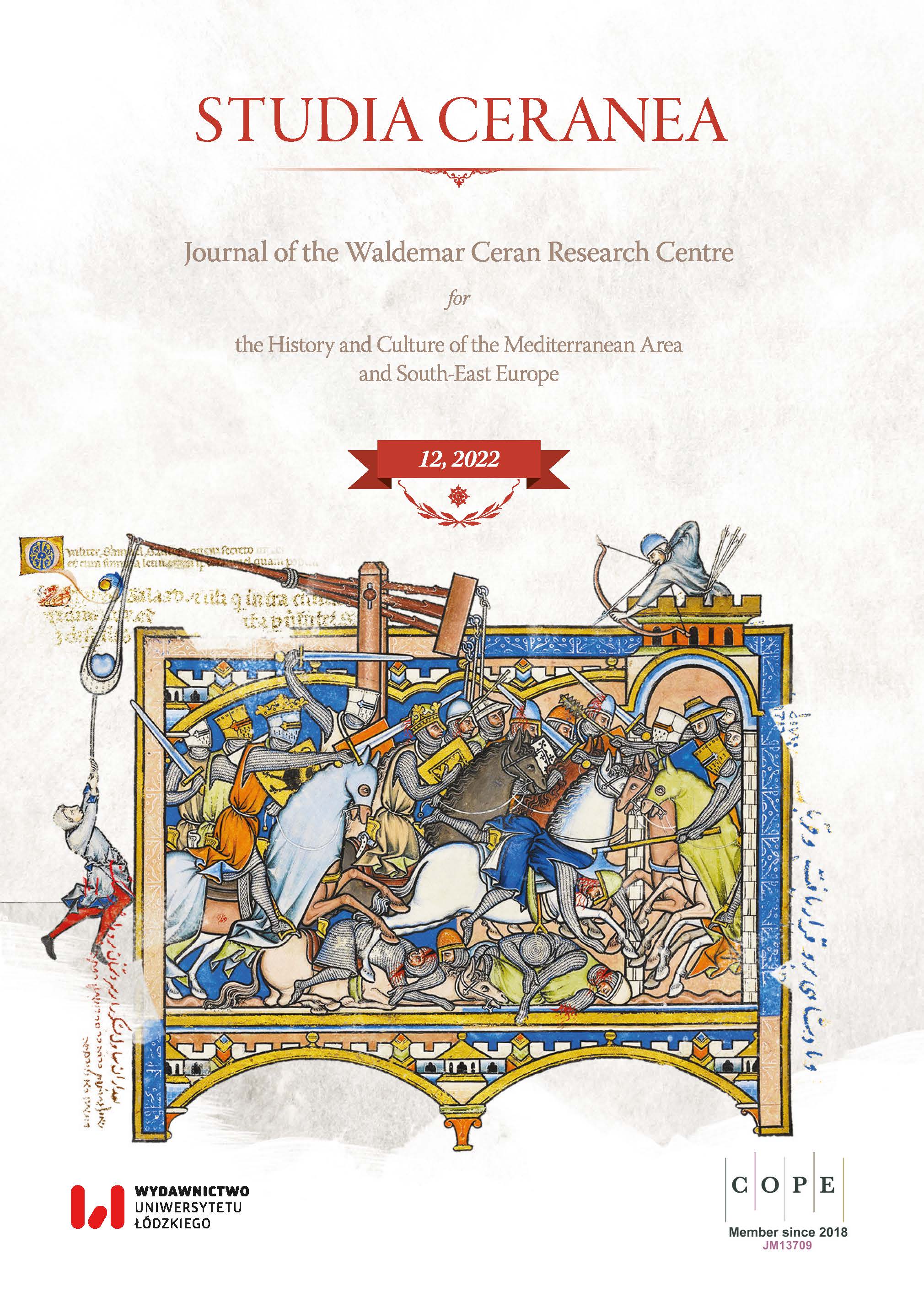Représenter la flaua bilis: le portait du colérique dans l’Iconologia de Cesare Ripa
Representing the flaua bilis: the Portrait of the Choleric in Cesare Ripa’s Iconology
Author(s): Magdalena KoźlukSubject(s): History, Philosophy, 16th Century, 17th Century
Published by: Wydawnictwo Uniwersytetu Łódzkiego
Keywords: Cesare Ripa; Iconologia; humoral theory; moods; choleric; iconographic attributes
Summary/Abstract: Representing the flaua bilis: the Portrait of the Choleric in Cesare Ripa’s Iconology. The theory of the four humours (blood, phlegm, yellow bile and black bile) forms the basis of ancient medicine. Coming from the Hippocratic corpus and completed by Galen of Pergamum (129–216 AD) in his De Temperamentis by means of individual complexions (blood, phlegmatic, angry, melancholic), this theory is essential in modern Europe after more than two thousand years of transmission, development and practice of medicine. Our article aims to examine its fortune in the Iconology of the Italian scholar Cesare Ripa (1555–1622). Starting with the Roman edition of 1603, he enriched his famous allegorical repertoire with a complex entry encoding the four temperaments: Collerico per il fuoco, Sanguigno per l’aria, Flemmatico per l’acqua, Malenconico per la terra. We work here only with the Choleric and undertake to determine the reasons which governed the choice of the attributes retained by C. Ripa (youth, nudity, sword, shield adorned with a flame, lion, fury in the gaze) to offer poets, painters and sculptors the archetype of a figure dominated by yellow, hot and dry bile. To this end, we analyze the medical, literary and iconographic sources on which the author relies, considering also the richness and complexity of the medical discourse he had at his disposal and the very purpose of his Iconology.
- Issue Year: 2022
- Issue No: 12
- Page Range: 633-650
- Page Count: 18
- Language: French

